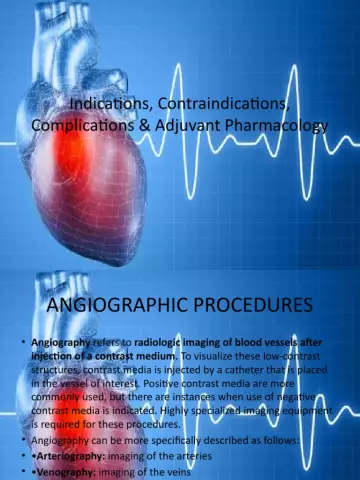- Author Rachel Wainwright [email protected].
- Public 2023-12-15 07:39.
- Last modified 2025-11-02 20:14.
Buttocks augmentation

High and toned buttocks are one of the important components of a beautiful figure. Their shape and volume are genetically predetermined, but, as a rule, the size does not always suit its owner. As a result, a woman has to be more careful with her choice of wardrobe and give up tight jeans or trousers.
There is a way out of this situation - an increase in the buttocks with the help of implants. In modern plastic surgery, such an operation is called gluteoplasty.
Indications and contraindications for buttock plastic surgery
The positive results of hundreds and thousands of surgeries have shown that buttock augmentation is very effective. There are few contraindications for the procedure, and there are practically no complications after gluteoplasty. Therefore, it is not surprising that reviews about buttock augmentation are usually positive, and the plastic surgery itself is an excellent alternative to exhausting exercises in the gym, which do not always give the desired effect.
Why physical exercises and training can not lead to results? First, there is a genetic limitation on the growth of the gluteal muscles. Secondly, the buttocks are not always symmetrical, and thirdly, after some injuries and illnesses it is impossible to build muscle mass in general and the muscles of the buttocks in particular.
So, there are the following indications for gluteoplasty:
- The need to reduce or enlarge the area of the buttocks to improve their shape;
- The inability to build up the gluteal muscles in other ways so that they are proportional to the figure;
- Excessively small volume of the buttocks or their omission;
- Atrophy or deformation due to trauma to the gluteal tissue.
Despite the fact that the "before" and "after" effect in buttock augmentation is obvious, there are some contraindications to which you should pay attention before the operation. Gluteoplasty should not be done for inflammatory, infectious and oncological diseases. Also, experts will prohibit plastic surgery of the buttocks with diagnosed diabetes mellitus and obesity caused by diseases of the endocrine system. The patient's skin inelasticity and blood clotting disorders are two more reasons for refusing surgery.
Buttock augmentation surgery
In each case, the specialist decides whether buttocks plastic surgery is possible. After that, modeling is carried out, the surgeon, together with the patient, determines the future size and shape of the gluteal muscles. Special computer technologies help to see what result is planned to be obtained in the end.
Preparation for the operation begins with a preliminary consultation with a doctor, and all the necessary tests are taken. Before the procedure, the buttocks are photographed and measured, and then a pattern is applied to them with a marker based on the modeling performed. After that, the patient is sent to the operating room.
Plastic surgery is performed from the access in the area of the intergluteal fold, which makes the trace of the surgical intervention almost invisible. The duration of gluteoplasty is 1.5-2 hours, the patient is under general anesthesia at this time.
Silicone implants used for buttock augmentation are selected individually, they are absolutely safe and at the same time effective. Their location depends on the purpose of the plastic surgery and on the anatomical features of the patient. The most common implant placement options are as follows:
- Inside the gluteus maximus muscle;
- Under the superficial gluteal fascia;
- Under the gluteus maximus muscle.
The size and shape of the silicone implants used in gluteoplasty vary. The plastic surgeon selects them individually in each case, based on the wishes of the patient and based on the complexity of the task.
Time restrictions after buttock augmentation surgery
After plastic surgery, the patient usually experiences pain during the first two days. Also, during the rehabilitation period, there may be an increase in temperature and a temporary decrease in sensitivity in the buttock plastic zone. Nevertheless, these symptoms pass quickly enough.

After a buttock augmentation for two weeks, the patient should adhere to some restrictions and rules:
- Do not sit on the gluteal muscles;
- Wear special compression underwear;
- Sleep lying on your side or on your stomach;
- Sleep on your back only with pillows on your upper thighs.
Full physical activity is allowed only six weeks after plastic surgery.
The results of buttock augmentation, according to reviews, are noticeable immediately after gluteoplasty, but the gluteal muscles begin to look natural only after a few months, when they become soft, and the patient "forgets" about the implants and enjoys the resulting effect.
Found a mistake in the text? Select it and press Ctrl + Enter.






